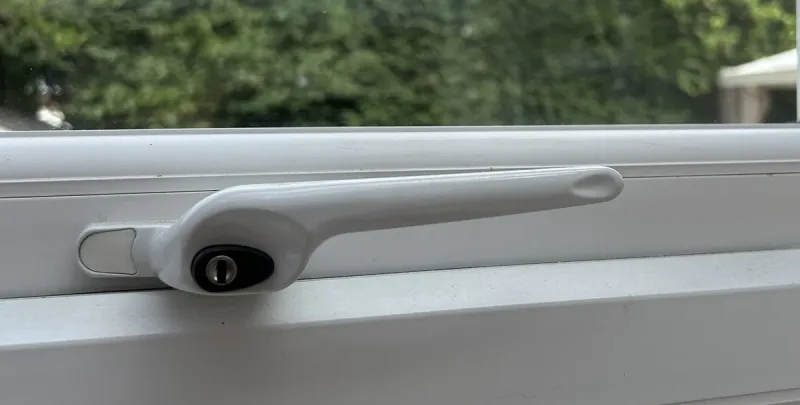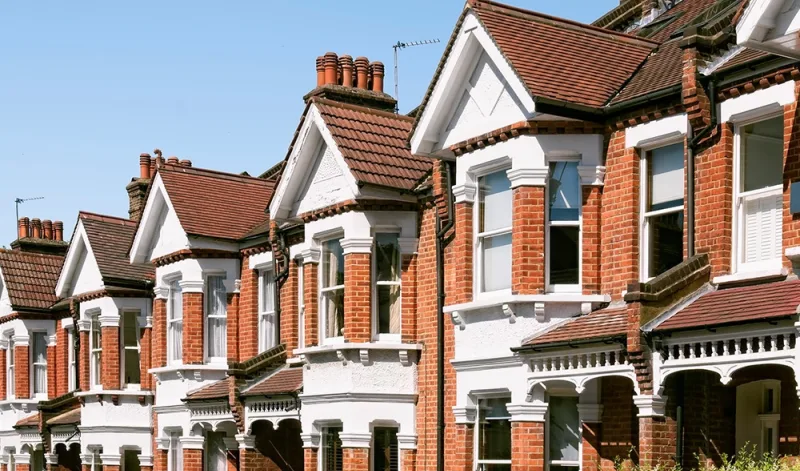Zero Carbon Homes - What's it all About?
Perhaps most peoples first encounter with the term zero carbon home was when listening to the Chancellors budget yesterday or reading this mornings papers. So what is a zero carbon rated home? Well it appears to be a property that has zero net emissions of carbon dioxide from all energy use in the home. You can achieve zero carbon status by making your home energy efficient by installing insulation and by using renewal energy such as solar panels or wind turbines. The Chancellor has stated that anyone purchasing a home valued up to £500,000 would not be liable to pay stamp duty on the property. Thus if buying a home at the maximum threshold, of £500,000 you could save £15,000.
It is really hard not to be cynical at what seems to be an empty gesture, at the present moment, you can almost count the number of zero emission homes in the United Kingdom on one hand. Even if you were to purchase a home and wanted to qualify for the exemption from stamp duty, experts predict that the cost of making the savings would be in excess of the amount of money saved at the maximum level (£15,000)
There are companies that will construct various zero carbon devices for you but they seem difficult to implement, costly, time consuming and many older style properties may not lend themselves well to conversion. However, perhaps a lead should be taken by the manufactures of new homes and they may even to be able to incorporate energy efficiency in to the design and build of all new properties, providing of course the costs are kept reasonable and are of a real benefit to both the purchaser and the environment.
Nobody wants to be accused of wasting energy but you don't have to have a massive windmill fitted to the top of your house to really do your bit and make worthwhile savings. A small amount of effort in every household will have a noticeable effect and the government has already brought many energy saving ideas to homeowners attentions.
You can start your own energy saving plan at home by carrying out a Home Energy audit, you can do this yourself, making notes of any alterations or improvements to carry out. The key areas to look for are;
- Air Leaks in the Home.
- Home Insulation.
- Heating & Cooling Equipment.
- Lighting.
As well as the above, most electrical appliances come with energy ratings and by paying attention to these, you can purchase products that will use less energy. Don't forget, less energy= smaller utility bills. Even if all you do is to turn the television off at the mains each night and only boil sufficient water for what is actually needed, you will be contributing to saving energy.
The energy saving trust is a non profit organisation funded by the government to promote energy saving. Working with both Home owners and business, the organisation seeks to find ways to make more efficient use of energy and to promote the use of small scale renewable energy sources.





























